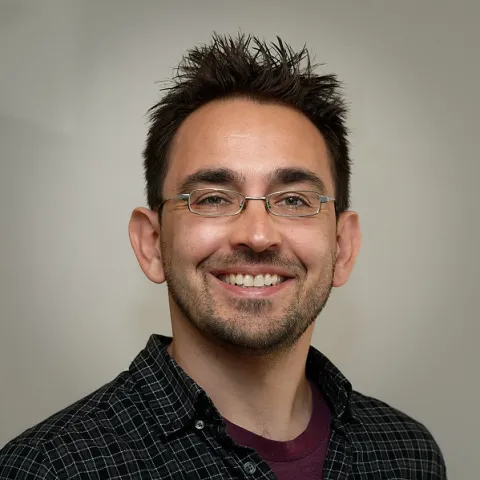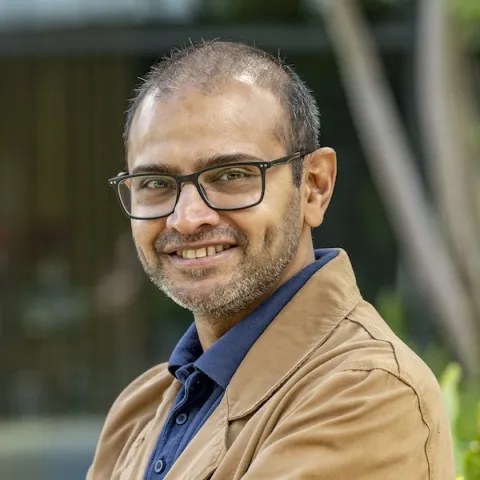About the project
This multidisciplinary project focuses on addressing why thin flaps of skin (membranes) repeatedly evolve to form wings. Our hypothesis is that aeroelastic interactions simplify the task of evolving flight, and therefore similar wings may be useful in developing simple low-cost micro air vehicles
Mammalian wings have evolved at least seven times, once in bats with flapping flight and six times in gliding lineages: 3 times in marsupials, twice in rodents and once at the root of primates.
In each instance, the wing is formed of a thin sheet of skin and an array of muscles that actuate its stiffness. The skin is not rigid, its compliance and flexibility cause it to stretch, billow, and vibrate in response to the aerodynamic forces. The shape of these wings influences aerodynamics, and aerodynamics influences shape, forming an aeroelastic coupling.
Your project will address what functional benefits of skin and muscle allow for gliding flight to repeatedly evolve. Your supervisory team will work with you to design your project and you will explore at least one of the following topics on membrane wings:
- how wing membranes influence stability
- the role of actuation on shape and performance
- the role of skin’s specific material properties, like stiffness and viscoelasticity
- how they interact with flapping to affect performance
You will predominantly explore these phenomena through experiments on mechanical models and museum specimens. You will learn:
- skills in science communication through words and images
- how to program in Matlab or Python
- how to measure shapes and flows using imaging, aerodynamic force measurement, and evolutionary theory
You will work in the Schools of Biology and Engineering to develop both of these fields in parallel.


